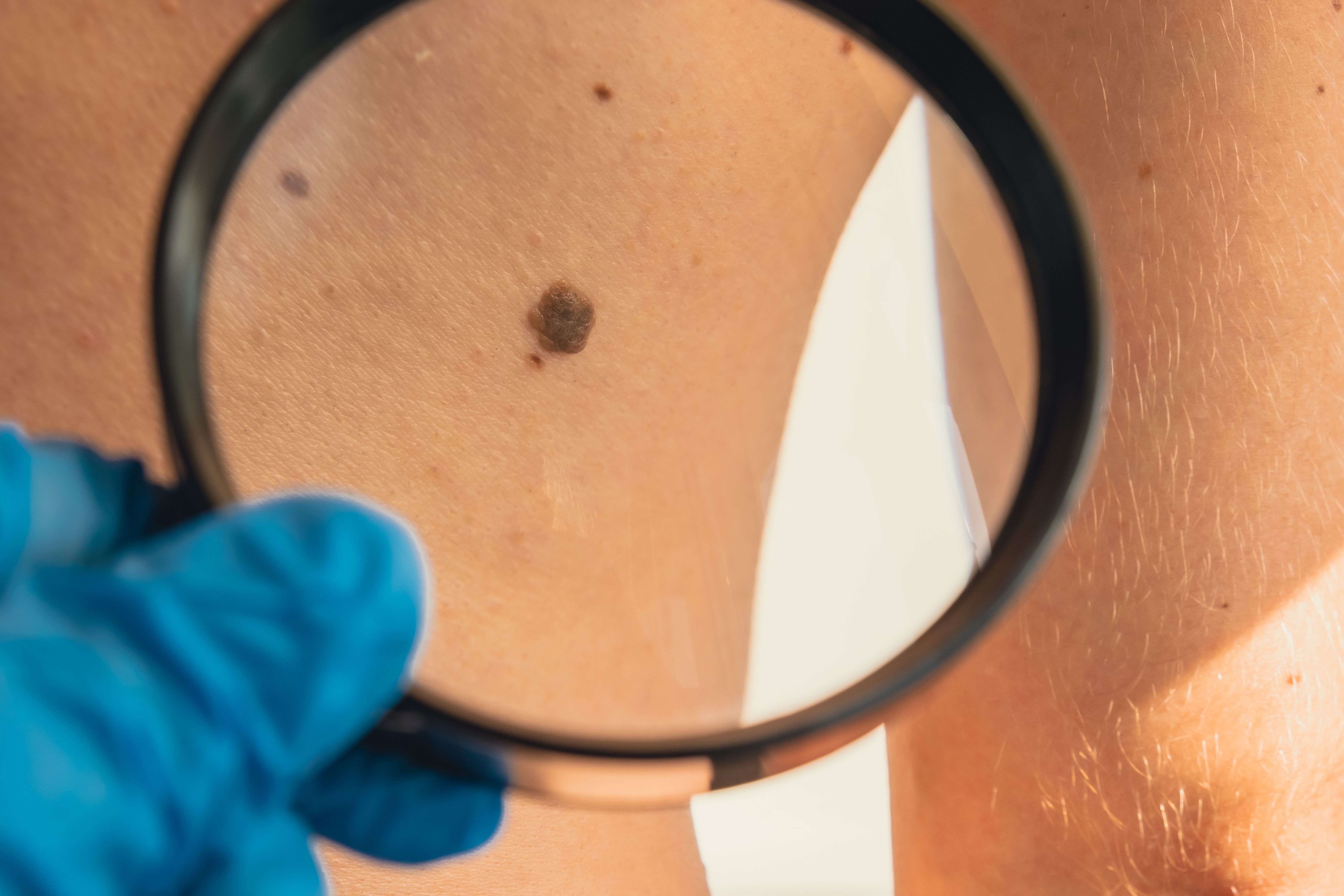News
Article
WVE-N531 Shows Functional Benefits, Muscle Damage Reversal in DMD
Author(s):
Key Takeaways
- WVE-N531 showed significant improvements in functional measures and muscle health in DMD patients during the phase 2 FORWARD-53 trial.
- Sustained exon skipping, dystrophin restoration, and improved muscle indicators were observed, including reduced inflammation and fibrosis.
WVE-N531 demonstrated statistically significant improvements in muscle biopsy measures and functional measures in patients with Duchenne muscular dystrophy (DMD) in the phase 2 FORWARD-53 trial.
WVE-N531, an investigational exon-skipping oligonucleotide, demonstrated statistically significant improvements in time to rise (TTR) and other functional measures in patients with Duchenne muscular dystrophy (DMD) in the phase 2 FORWARD-53 trial (NCT04906460), according to a press release from Wave Life Sciences.1
FORWARD-53, an open-label study investigating WVE-N531 in 11 boys with DMD who are amenable to exon 53 skipping,2 achieved all trial goals and showed “sustained and industry-leading exon skipping, muscle concentrations, and dystrophin restoration,” according to the press release.1 The analysis was done following 48 weeks of treatment with 10 mg/kg of WVE-N531 every 2 weeks, and the data demonstrated a 61-day tissue half-life that supports a once-monthly dosing regimen.
All 11 participants in the trial have advanced to the extension portion of the study and are receiving WVE-N531 monthly. | Image credit: OlegKachura - stock.adobe.com

Muscle biopsies from 8 patients, all of whom were ambulatory and had biopsies at 24 and 48 weeks, showed stabilized dystrophin expression between 24 and 48 weeks of dosing. The mean was 7.8% (95% CI, 5.4%-10.3%). Dystrophin expression at 24 weeks was 9% (95% CI, 6.5%-11.5%), and dystrophin expression at 48 weeks was 6.4% (95% CI, 3.8%-9.0%). Muscle content–adjusted dystrophin was measured by western blot. The difference between mean dystrophin measurements at 24 and 48 weeks was within the established 30% to 35% interassay variability of the western blot, the press release noted. An orthogonal assay confirmed the consistency between the time points.
Additionally, patients in the WVE-N531 cohort showed significant, unprecedented improvements in muscle health indicators. This included decreased inflammation markers and necrosis, a statistically significant mean 28.6% reduction in muscle fibrosis between weeks 24 and 48 (P < .01), and a transition from muscle regeneration to muscle maturation. There was also a 50% decrease in serum creatine kinase in the treatment group (P < .001).
“As a clinician deeply involved in patient care and research in muscle diseases like Duchenne, I am encouraged by these data for WVE-N531 that show dystrophin restoration and several markers of improved muscle condition,” Laurent Servais, MD, PhD, professor of pediatric neuromuscular disease at the University of Oxford and principal investigator in FORWARD-53, said in the statement. “To see a clinically meaningful and statistically significant difference on TTR versus natural history in a phase 2 study is another encouraging finding. I am looking forward to the continued development of WVE-N531.”
In addition to improvements in muscle biopsy measures, there was a statistically significant and clinically meaningful 3.8-second improvement in TTR among 10 patients compared with a natural history control group of 18 patients (P < .05). This is the largest effect reported relative to any approved dystrophin restoration therapy at 48 weeks, according to the press release. North Star Ambulatory Assessment scores also showed positive trends in the treatment group vs natural controls, with a 1.2-point improvement that was not statistically significant.
“Despite progress in Duchenne, there remains a significant unmet need for therapeutics that meaningfully impact disease progression. These data demonstrate a promising continuum from dystrophin restoration, to regeneration and maturation of muscle tissue, to functional improvement,” Pat Furlong, founder and president of Parent Project Muscular Dystrophy, said in the statement. “Paired with monthly administration and a continued favorable safety profile, WVE-N531 represents a significant step forward—not just for individuals amenable to exon 53 skipping, but also for the broader exon skipping field. PPMD looks forward to working with Wave as they expediently bring WVE-N531 and their broader exon skipping pipeline to the Duchenne community.”
All 11 participants in the trial have advanced to the extension portion of the study and are receiving WVE-N531 monthly, according to the press release. With the positive data and recent FDA feedback, Wave Life Sciences intends to file a new drug application for accelerated approval in 2026.
References
- Wave Life Sciences announces positive data from FORWARD-53 clinical trial in DMD including significant functional benefit and reversal of muscle damage after 48 weeks of dosing with WVE-N531. News release. Wave Life Sciences. March 26, 2025. Accessed March 26, 2025. https://ir.wavelifesciences.com/news-releases/news-release-details/wave-life-sciences-announces-positive-data-forward-53-clinical
- Open-label study of WVE-N531 in patients with Duchenne muscular dystrophy (FORWARD-53). ClinicalTrials.gov. Updated March 25, 2025. Accessed March 25, 2025. https://clinicaltrials.gov/study/NCT04906460




